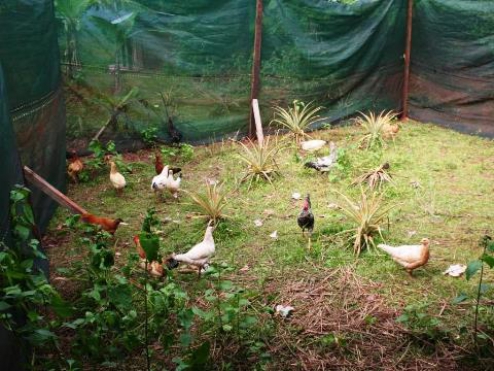
Agriculture
With the sustainability of the school project in mind, ADH as undertaken an agricultural project. Income from the agriculture should contribute long-term to finance the school operations. Currently domestic agricultural products are grown on a total area of 10 hectares and are sold at local markets. This helps the food-poor region and creates new jobs. The agricultural project also provides opportunities to involve the local community with the school project and teaches them to take personal responsibility for the school in Mushapo. The professional cultivation can also serve in the future for practical training.
Manioc is soon ripe
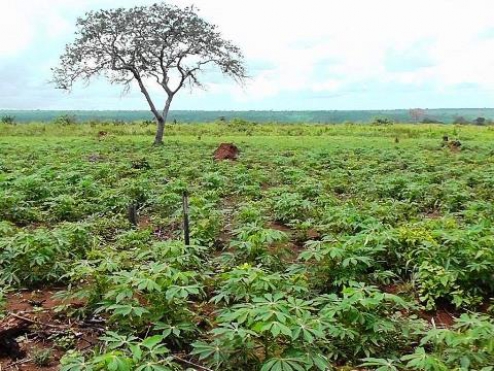
Clearing the fields and increase in our animal population
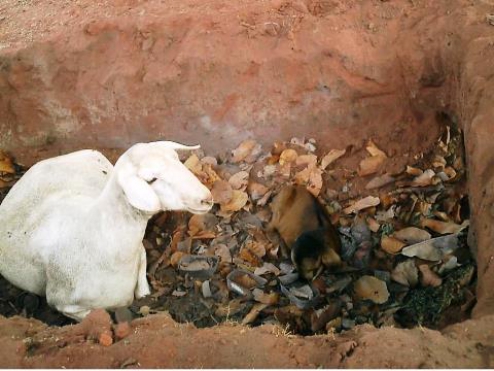
Stealing - a great challenge
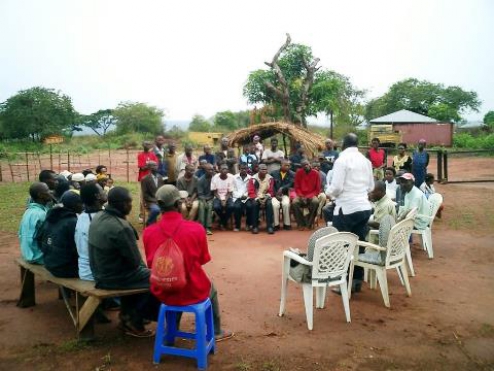
We are selling pineapples
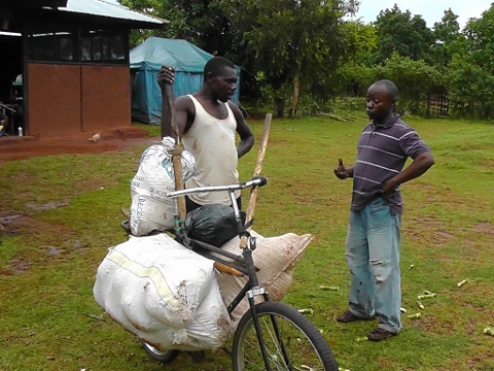
We acquire an electric generator
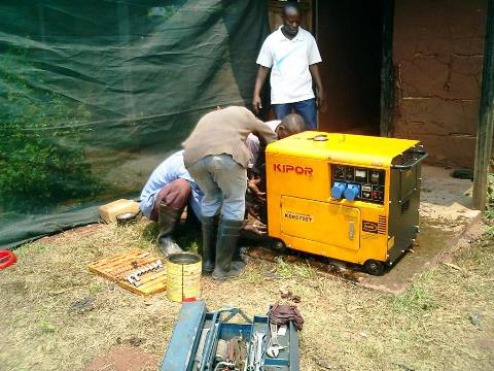
The focus is on cultivating manioc
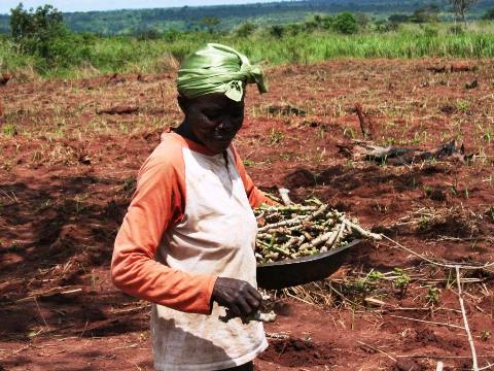
We begin the farming project
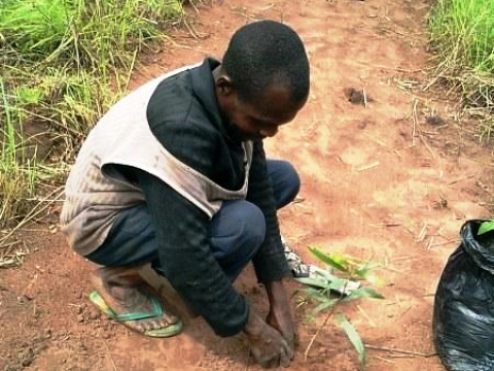
Growing vegetable and breeding animals
